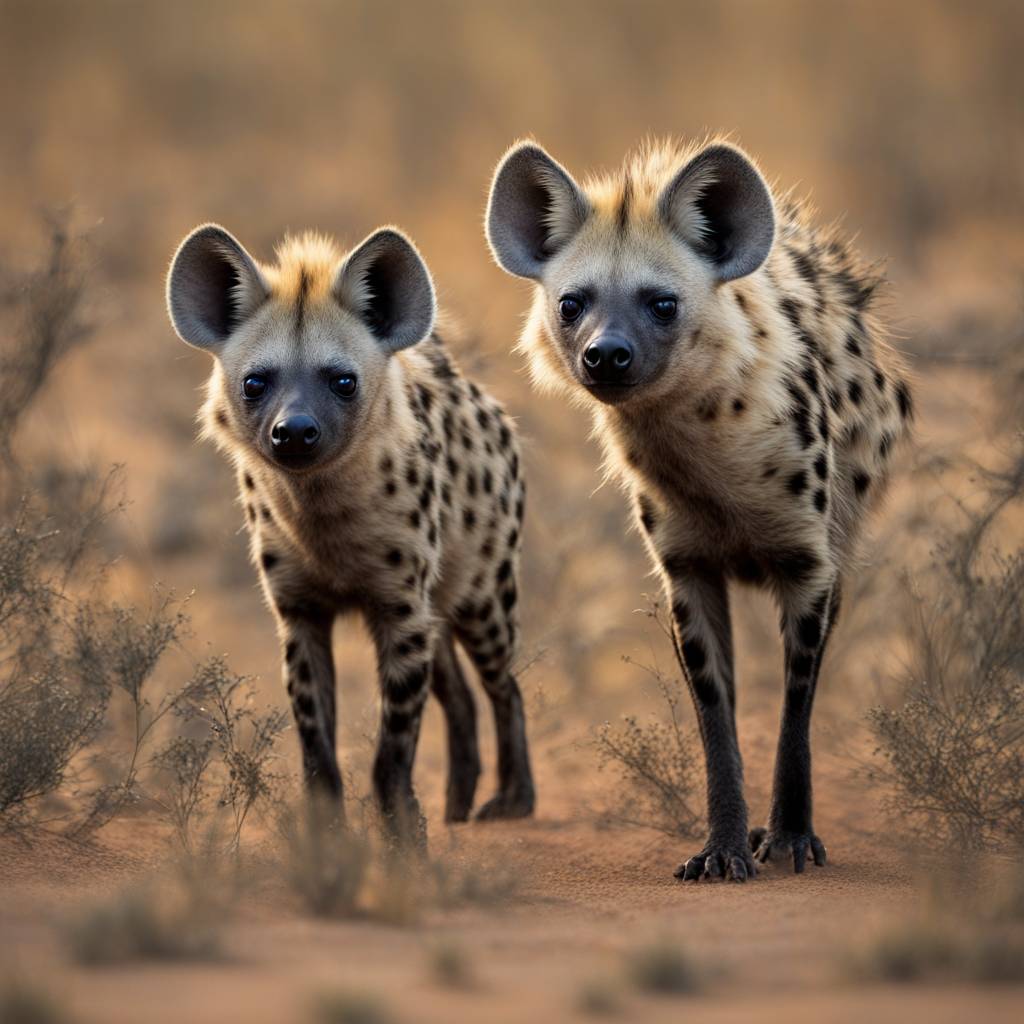Hyenas are known for being generalist predators and scavengers, hunting a wide range of prey species from larger mammals such as antelopes to smaller mammals and reptiles. Researchers from the Leibniz Institute for Zoo and Wildlife Research (Leibniz-IZW) and the University of Ljubljana observed spotted hyenas in Namibia pursuing red-billed queleas, a type of small passerine bird, and swallowing them whole at a rate of one bird every three minutes. This behavior was documented for the first time, adding to the known diet breadth and hunting tactics of hyenas.
The diet breadth of hyenas is unmatched by few other carnivores, as they are known to hunt various larger mammals and also scavenge on carcasses from giraffes to elephants. However, until now, very few observations of hyenas feeding on small birds have been reported. The observations in Namibia shed light on the flexibility and adaptability of hyenas in exploiting foraging opportunities and obtaining food from unusual sources. The researchers were able to provide a first estimate of the capture rates and food intake of hyenas hunting passerine birds, showing their ability to adjust their feeding behavior based on available food sources.
The observations from the study led to some conclusions about the feeding behavior of spotted hyenas. The researchers noted that the behavior of hunting and feeding on red-billed queleas had not been documented before, highlighting the versatility and opportunistic nature of hyenas in obtaining food. The observed clan of hyenas at the waterhole may have been responding to an abundant food source, as thousands of wintering red-billed queleas gather at waterholes in Namibia between May and August. This specific foraging tactic may have been a unique response to the situation at that particular waterhole.
Portas and Krofel, the scientists involved in the study, are actively engaged in field research on vultures, lions, leopards, and hyenas in Etosha National Park as part of the GAIA Initiative and InterMuc projects. The GAIA Initiative aims to create a high-tech early warning system for environmental changes through collaboration with research institutes, conservation organizations, and companies. By studying wildlife interactions and ecosystem functioning, the researchers develop animal tags equipped with artificial intelligence, cameras, and satellite-based communication technology to detect critical changes in ecosystems quickly and effectively.
Through their research, Portas and Krofel contribute to a greater understanding of carnivore-scavenger interactions and information transfer within the scavenger community. The observations of hyenas hunting passerine birds provide valuable insight into the diverse feeding behaviors of these generalist predators. By documenting this previously unobserved behavior, the researchers demonstrate the adaptive nature of hyenas in responding to changing environmental conditions and food availability. These findings contribute to our knowledge of hyena behavior and their role in the ecosystem.













